This article was medically reviewed by Troy A. Miles, MD and by wikiHow staff writer, Dan Hickey. Dr. Miles is an Orthopedic Surgeon specializing in Adult Joint Reconstruction in California. He received his MD from the Albert Einstein College of Medicine in 2010, followed by a residency at the Oregon Health & Science University and fellowship at the University of California, Davis. He is a Diplomat of the American Board of Orthopaedic Surgery and is a member of the American Association of Hip and Knee Surgeons, American Orthopaedic Association, American Association of Orthopaedic Surgery, and the North Pacific Orthopaedic Society.
There are 10 references cited in this article, which can be found at the bottom of the page.
This article has been viewed 222,119 times.
Bow legs are a normal occurrence in children under 3 years old that usually fixes itself, but how can you correct persistent bow legs in older children and adults? Leg braces and vitamin D are common cures for children, and adults can manage their pain and mobility with low-impact exercises and massage therapy (surgery is the only permanent solution for adults, though). We’ve put together a thorough guide to bow legs, including its causes, common treatments and therapies, and corrective surgery. If you’re ready to take a step towards improving your leg health, keep scrolling!
Things You Should Know
- Seek treatment for bow legs if you or your child’s legs are misaligned after 8 years old. Bow legs are normal in young children and usually fix themselves.
- Look for symptoms like outwardly curved legs, intoeing, or an awkward walk. Children don’t feel pain, but adults may feel discomfort or develop arthritis.
- Try exercises like squats, yoga, or massage therapy to strengthen your leg muscles and joints. Remember that surgery is the only total cure for adults.
Steps
Warnings
- Seek treatment for bow legs persisting past 8 years of age. As people with bow legs age, the chances for pain and complications like arthritis increase.[30]⧼thumbs_response⧽
References
- ↑ https://medlineplus.gov/ency/article/001585.htm
- ↑ https://www.pobar.org/how-to-fix-bowlegs-in-infants-and-toddlers
- ↑ https://www.cedars-sinai.org/health-library/diseases-and-conditions/b/bow-legged-genu-varum.html
- ↑ https://www.pobar.org/how-to-fix-bowlegs-in-infants-and-toddlers
- ↑ https://medlineplus.gov/ency/article/001585.htm
- ↑ https://www.childrenscolorado.org/conditions-and-advice/conditions-and-symptoms/conditions/bowed-legs/
- ↑ https://www.pobar.org/how-to-fix-bowlegs-in-infants-and-toddlers
- ↑ https://www.cedars-sinai.org/health-library/diseases-and-conditions/b/bow-legged-genu-varum.html
- ↑ https://www.pobar.org/how-to-fix-bowlegs-in-infants-and-toddlers
- ↑ https://www.childrenscolorado.org/conditions-and-advice/conditions-and-symptoms/conditions/bowed-legs/
- ↑ https://www.schn.health.nsw.gov.au/fact-sheets/bowlegs-and-knock-knees
- ↑ https://www.childrenscolorado.org/conditions-and-advice/conditions-and-symptoms/conditions/bowed-legs/
- ↑ https://www.childrenscolorado.org/conditions-and-advice/conditions-and-symptoms/conditions/bowed-legs/
- ↑ https://www.childrenscolorado.org/conditions-and-advice/conditions-and-symptoms/conditions/bowed-legs/
- ↑ https://www.pobar.org/how-to-fix-bowlegs-in-infants-and-toddlers
- ↑ https://www.cedars-sinai.org/health-library/diseases-and-conditions/b/bow-legged-genu-varum.html
- ↑ https://www.pobar.org/how-to-fix-bowlegs-in-infants-and-toddlers
- ↑ https://sportsmedicineweekly.com/blog/what-to-know-about-bow-legs/
- ↑ https://blog.heightlengthening.com/bow-legs-correction-exercises-you-can-do-at-home
- ↑ https://www.newhealthadvisor.org/bow-legs-correction-exercise.html
- ↑ https://www.newhealthadvisor.org/bow-legs-correction-exercise.html
- ↑ https://blog.heightlengthening.com/bow-legs-correction-exercises-you-can-do-at-home
- ↑ https://www.newhealthadvisor.org/bow-legs-correction-exercise.html
- ↑ https://www.hss.edu/conditions_correct-bowlegs-adults.asp
- ↑ https://www.hss.edu/conditions_correct-bowlegs-adults.asp
- ↑ https://sportsmedicineweekly.com/blog/what-to-know-about-bow-legs/
- ↑ https://www.hss.edu/conditions_correct-bowlegs-adults.asp
- ↑ https://blog.heightlengthening.com/everything-you-need-to-know-about-bowleg-correction
- ↑ https://blog.heightlengthening.com/everything-you-need-to-know-about-bowleg-correction
- ↑ https://www.cedars-sinai.org/health-library/diseases-and-conditions/b/bow-legged-genu-varum.html
About This Article
Bow-legs is a condition where one or both of your legs bend outwards at the knee. If your child has bow-legs and they’re under 3, they will probably fix themselves as they grow. Just make sure your child is getting enough vitamin D, since bow-legs can be caused by a deficiency. However, if they don’t, you can get special leg braces or shoes to help treat their legs. You should also take your child to see a doctor regularly so they can monitor the development of their bow-legs. If you have bow-legs as an adolescent or adult, you’ll only need treatment if they’re severely affecting your daily life. If this is the case, talk to a doctor to explore treatment options like surgery and physiotherapy. For more tips from our Medical co-author, including how to recover from corrective surgery for bow-legs, read on.
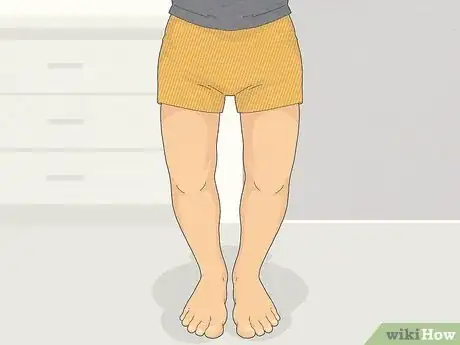
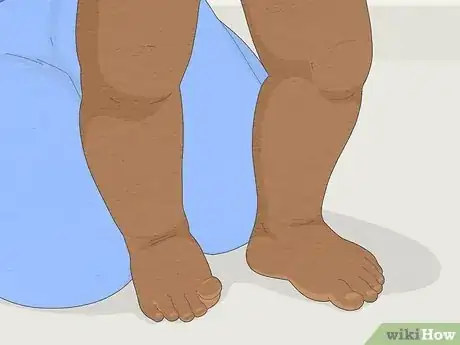

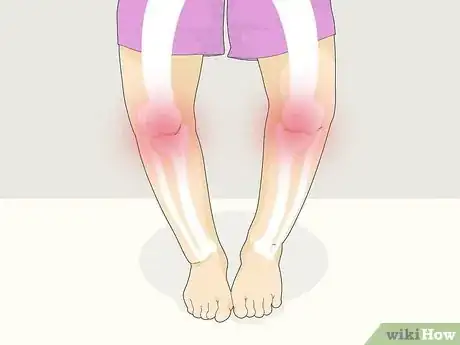
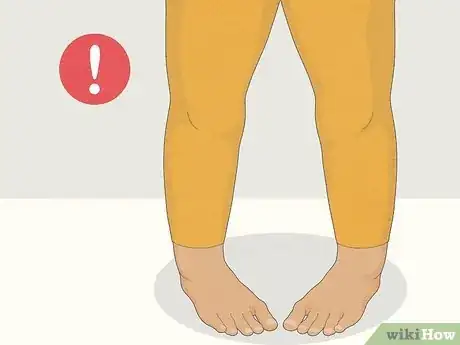
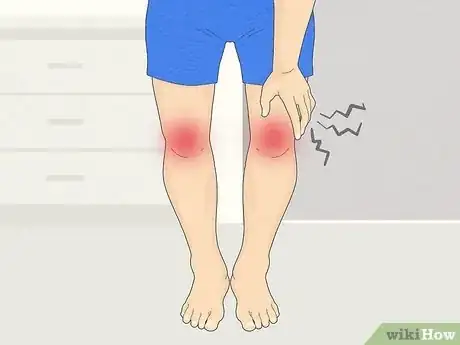

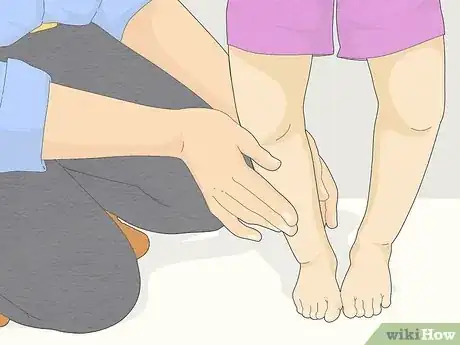

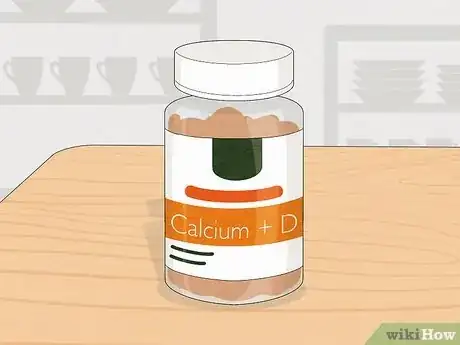

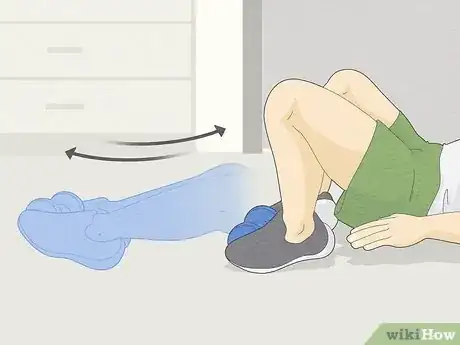
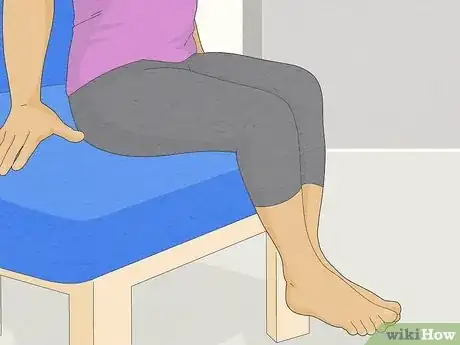
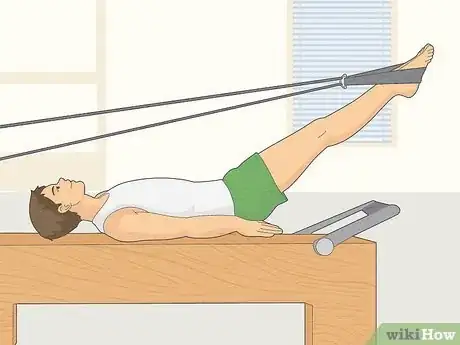


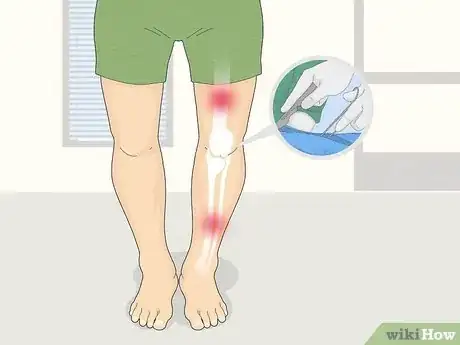
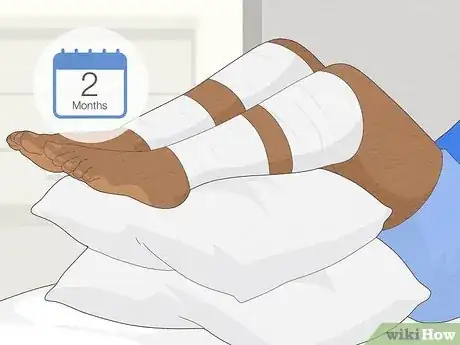
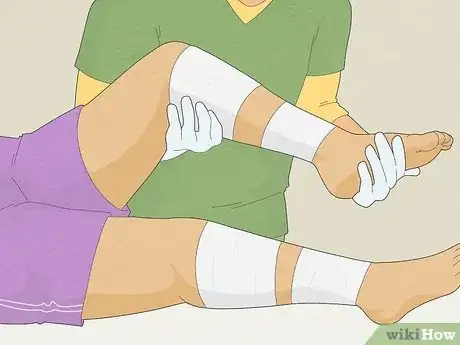
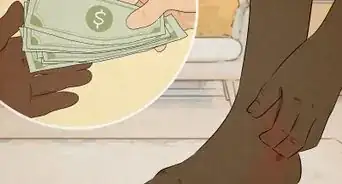

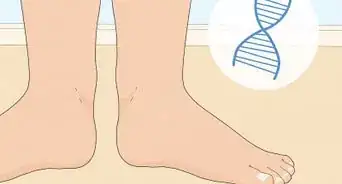
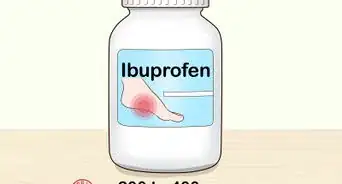

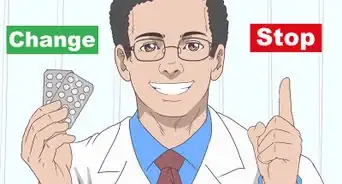
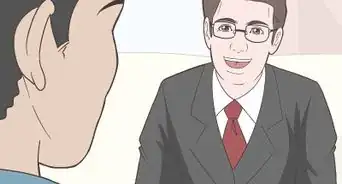
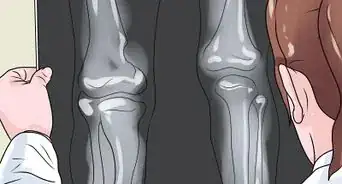

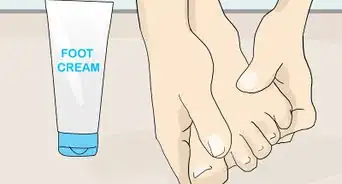
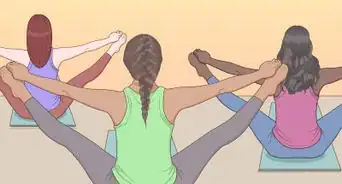

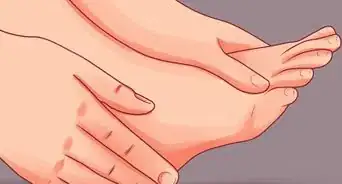
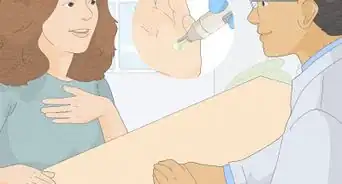










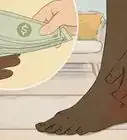
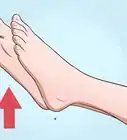

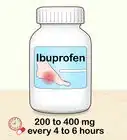




































Medical Disclaimer
The content of this article is not intended to be a substitute for professional medical advice, examination, diagnosis, or treatment. You should always contact your doctor or other qualified healthcare professional before starting, changing, or stopping any kind of health treatment.
Read More...